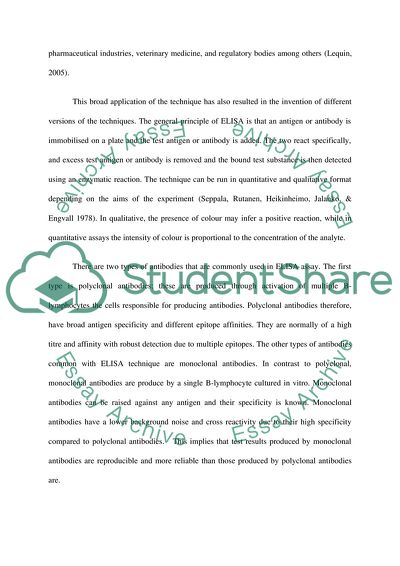Cite this document
(Clinical Immunology - ELISA Technique Lab Report, n.d.)
Clinical Immunology - ELISA Technique Lab Report. https://studentshare.org/health-sciences-medicine/1853880-clinical-immunology-lab-report-elisa
Clinical Immunology - ELISA Technique Lab Report. https://studentshare.org/health-sciences-medicine/1853880-clinical-immunology-lab-report-elisa
(Clinical Immunology - ELISA Technique Lab Report)
Clinical Immunology - ELISA Technique Lab Report. https://studentshare.org/health-sciences-medicine/1853880-clinical-immunology-lab-report-elisa.
Clinical Immunology - ELISA Technique Lab Report. https://studentshare.org/health-sciences-medicine/1853880-clinical-immunology-lab-report-elisa.
“Clinical Immunology - ELISA Technique Lab Report”. https://studentshare.org/health-sciences-medicine/1853880-clinical-immunology-lab-report-elisa.


